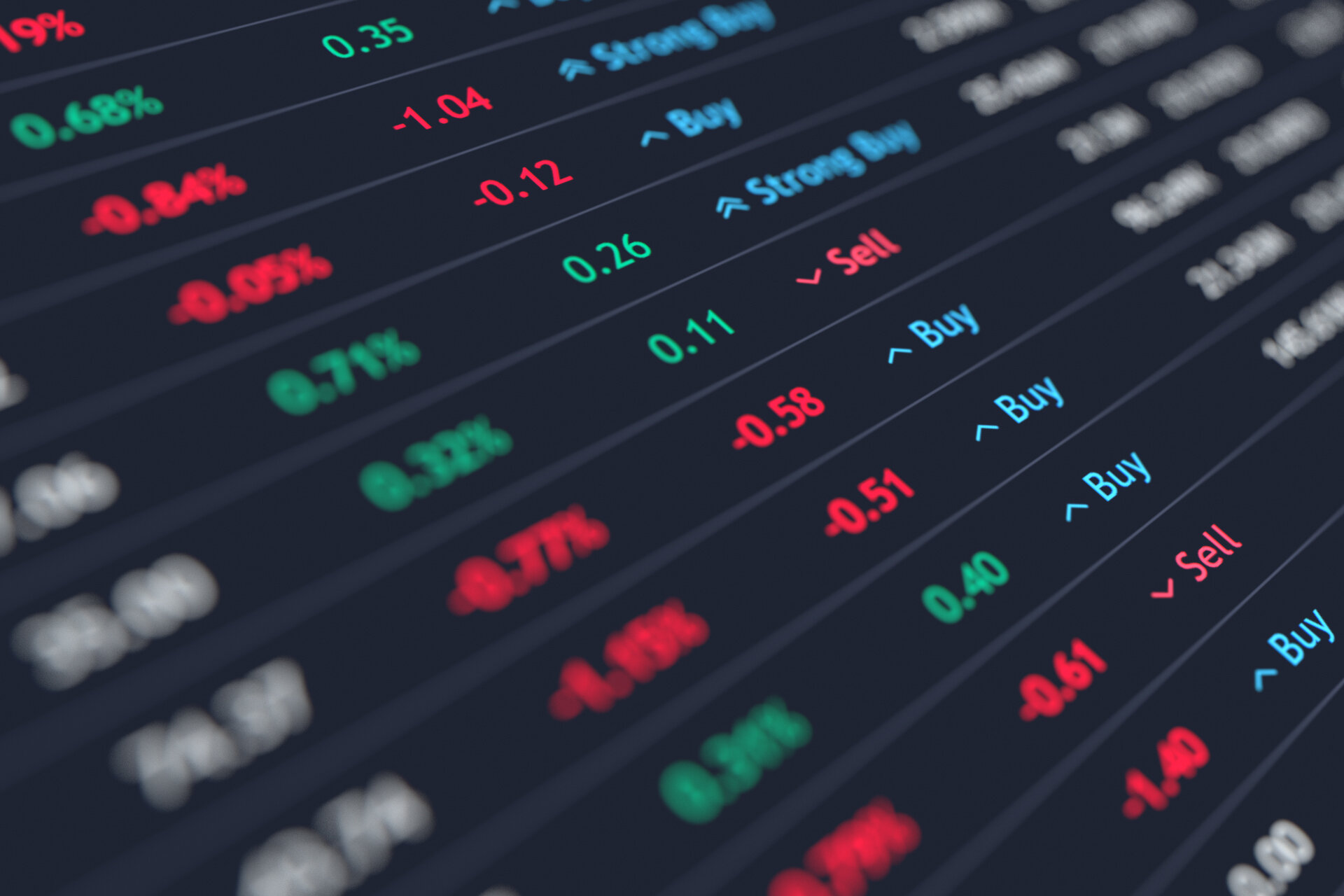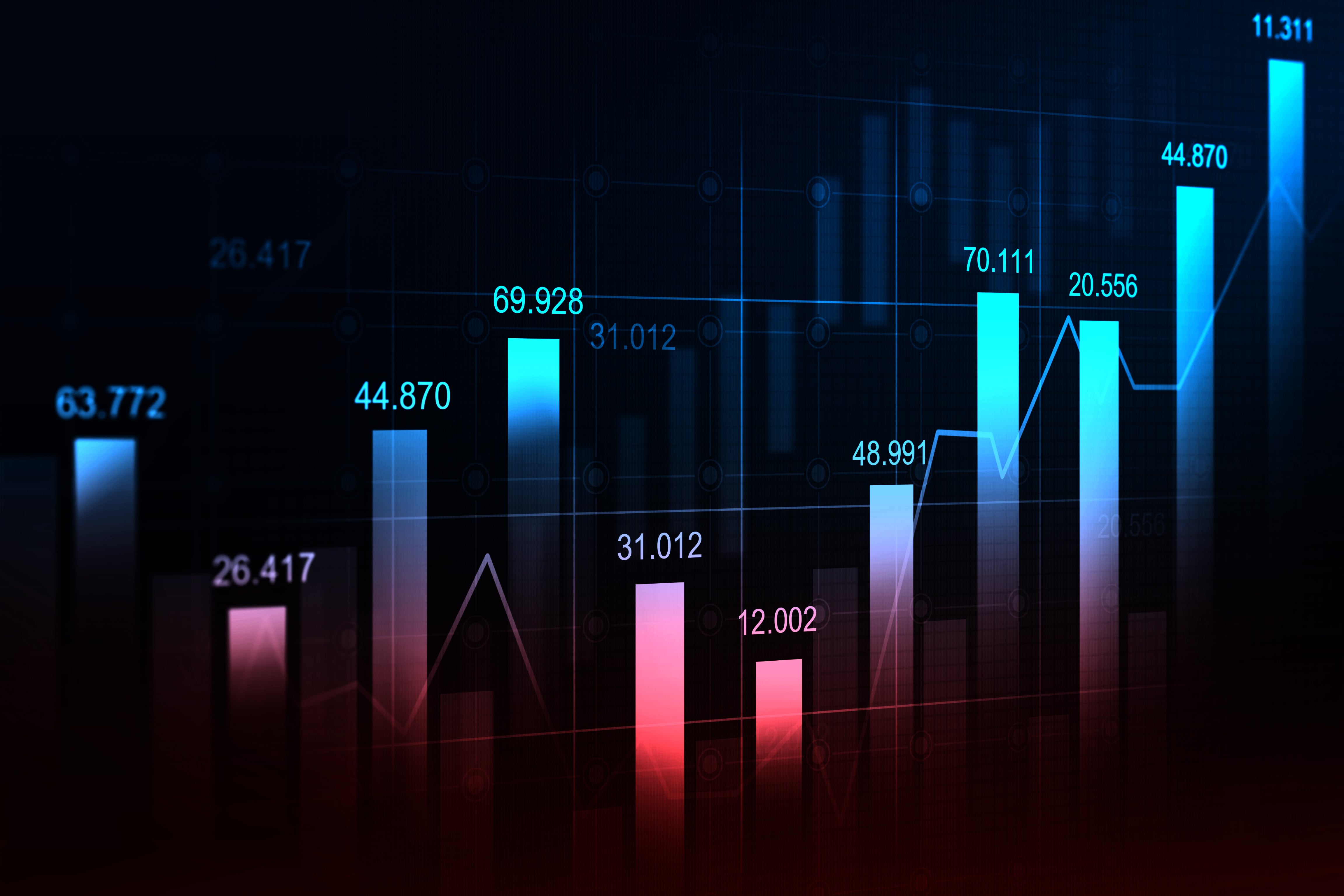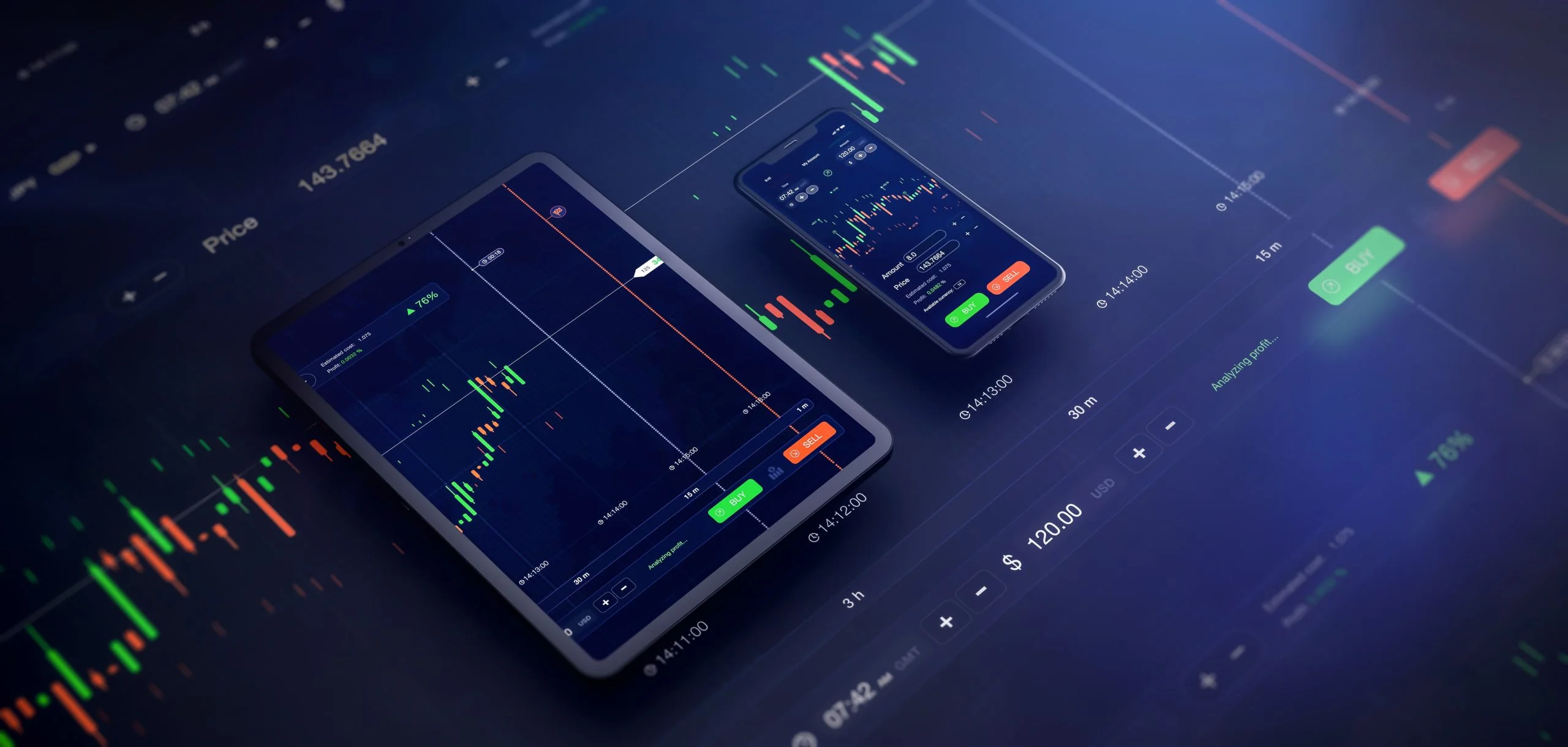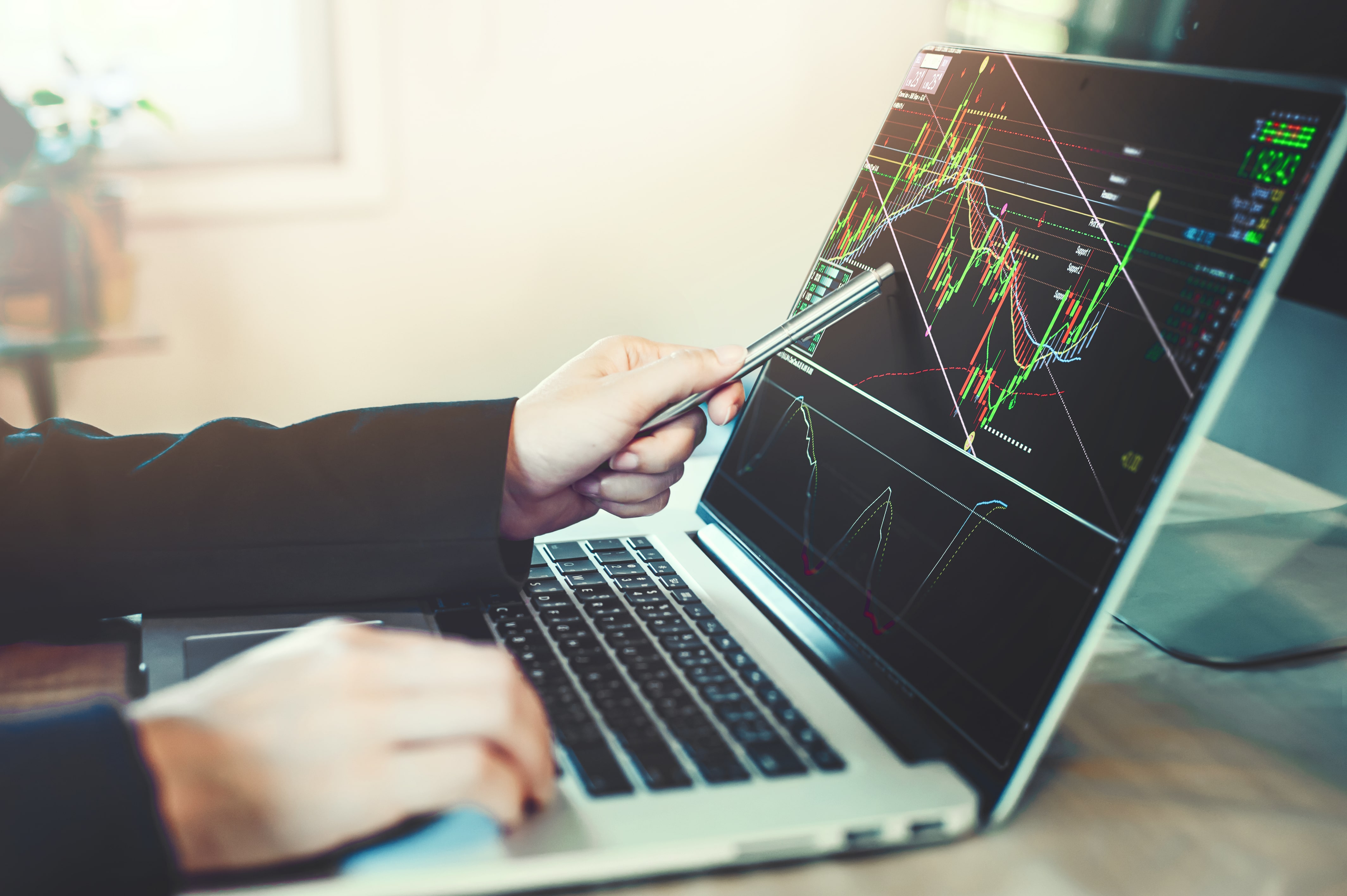Technical Analysis Pattern
Technical analysis is the study of past price patterns to identify market trends and predict future prices. There are many different technical indicators and charting techniques that can be used for technical analysis, but some of the most popular include:-Moving Averages
-Trend Lines
-Support and Resistance Levels
-Fibonacci Retracements/Extensions
While there is no surefire way to predict exactly where the markets will move in the future, technical analysis can give traders a heads-up on potential market reversals or continuations. By understanding and identifying common technical analysis patterns, traders can better prepare themselves for future market movements. Some of the most popular technical analysis patterns include:
-Head and Shoulders
-Double/Triple Tops and Bottoms
-Pennants and Flags
-Wedges
Each of these patterns can signal different things, so it's important to understand what each one is telling you before making any trading decisions.
Head and shoulders patterns, for example, are typically seen as bearish reversal patterns, while double/triple tops and bottoms can signal either reversals or continuation patterns. Pennants and flags are generally seen as continuation patterns, while wedges can signal either reversals or continuations depending on their shape (rising or falling).
By understanding these common technical analysis patterns, traders can better prepare themselves for future market movements.
What is a technical analysis pattern?
A technical analysis pattern is a repeating price formation that can signal a potential market reversal or continuation. Technical analysis patterns are created by the interaction between buyers and sellers in the market, and their collective behavior creates predictable chart patterns that can be used to identify trading opportunities.There are many different types of technical analysis patterns, but some of the most popular include head and shoulders, double/triple tops and bottoms, pennants, and flags, and wedges.
Each of these patterns can signal different things, so it's important to understand what each one is telling you before making any trading decisions.
Head and shoulders patterns, for example, are typically seen as bearish reversal patterns, while double/triple tops and bottoms can signal either reversals or continuations patterns.
Pennants and flags are generally seen as continuation patterns, while wedges can signal either reversals or continuations depending on their shape (rising or falling).
By understanding these common technical analysis patterns, traders can better prepare themselves for future market movements.
How do you identify a technical analysis pattern?
There is no surefire way to identify a technical analysis pattern, but there are some things to look for that can give you a heads-up. Technical analysis patterns are created by the interaction between buyers and sellers in the market, and their collective behavior creates predictable chart patterns that can be used to identify trading opportunities.Some of the things to look for when trying to identify a technical analysis pattern include:
-Repeating price formations
-Clear support and resistance levels
-A well-defined trend
-Volume confirmation
By looking for these things, you can get a better idea of whether or not a technical analysis pattern is forming. However, it's important to remember that there is no guarantee that a pattern will continue to form, so it's always important to use other technical and fundamental analysis tools to confirm your findings.
What are the benefits of using technical analysis patterns?
Technical analysis patterns can be used to identify potential market reversals or continuations. By understanding and identifying common technical analysis patterns, traders can better prepare themselves for future market movements.
In addition, technical analysis patterns can also be used to confirm other technical and fundamental analysis findings. For example, if a head and shoulders pattern is forming on a chart and the volume is confirming the pattern, that is a strong indication that a market reversal may be taking place.
Are there any risks associated with using technical analysis patterns?
There are some risks associated with using technical analysis patterns. First of all, it's important to remember that not all patterns will continue to form as expected. There is always the potential for a false signal, so it's important to use other technical and fundamental analysis tools to confirm your findings.
In addition, even if a pattern does continue to form as expected, there is no guarantee that the market will move in the direction you anticipate. This is why it's important to use proper risk management techniques when trading based on technical analysis patterns.
What are some common mistakes traders make with technical analysis patterns?
Some common mistakes traders make with technical analysis patterns include:
-Not using proper risk management techniques
-Not confirming findings with other technical and fundamental analysis tools
-Failing to take into account the overall market conditions
-Trying to trade every pattern that forms
By avoiding these common mistakes, traders can improve their chances of success when using technical analysis patterns.
How can you identify a technical analysis pattern?
Technical analysis patterns are created by the collective actions of market participants, which are then reflected in price movement. These patterns can be used to make predictions about future market behavior. There are many different technical analysis patterns, but some of the most commonly used include:
Head and shoulders: This pattern is created when there is a peak followed by a lower peak, and then another higher peak. The middle peak is typically lower than the first and third peaks. This pattern is considered to be bearish, as it indicates that the market may be ready to reverse its current uptrend.
Double top: This pattern is created when there are two equal highs followed by a trough. This pattern is typically considered to be bearish, as it suggests that the market may be ready to reverse its current uptrend.
Double bottom: This pattern is created when there are two equal lows followed by a peak. This pattern is typically considered to be bullish, as it suggests that the market may be ready to reverse its current downtrend.
Triple top: This pattern is created when there are three equal highs followed by a trough. This pattern is typically considered to be bearish, as it suggests that the market may be ready to reverse its current uptrend.
Triple bottom: This pattern is created when there are three equal lows followed by a peak. This pattern is typically considered to be bullish, as it suggests that the market may be ready to reverse its current downtrend.
These are just a few of the many technical analysis patterns that exist. By studying price charts, you can begin to identify these patterns and use them to make predictions about future market behavior.
What are some popular technical analysis patterns?
The most popular technical analysis patterns are head and shoulders, double top, double bottom, triple top, and triple bottom. These patterns are used by traders to make predictions about future market behavior.














